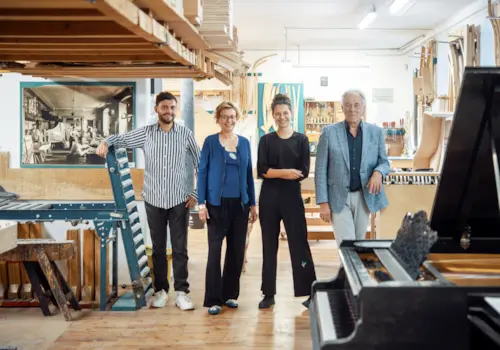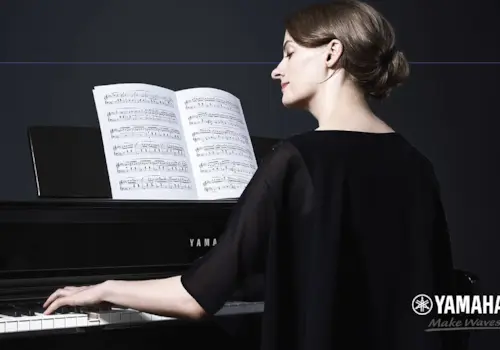Sitting in the Metropolitan Museum of Art in New York is the world’s oldest piano. Dating from 1720, the piano was one of the earliest creations by Bartolomeo Cristofori, the inventor of the piano.
The very first piano made by Cristofori in 1700 is no longer in existence, but the title given to it, gravicembalo col piano e forte, reminds us of the essential characteristic of early pianos; playing loud and soft. Indeed, gravicembalo col piano e forte translates to “harpsichord with soft and loud”. And this is exactly what Cristofori was striving for. Prior to the piano, keyboard instruments such as the harpsichord or clavichord could not make significant changes in dynamics. Cristofori’s pianos changed that. The new mechanism that created the sound, the striking of the string with a hammer rather than plucking the strings with a quill as happens in a harpsichord, allowed control over dynamics.
Composers grasped the possibilities presented by the piano and in 1732 Lodovico Giustini published his twelve Sonate da cimbalo di piano e forte detto volgarmente di martelletti; the first piano music ever written. Giustini leapt at the piano’s ability to use dynamics with pianos and fortes littering the score.
The oldest piano is constructed similarly to Italian harpsichords from the same period, being housed in a wing-shaped case with a single keyboard. A noticeable feature in contrast with modern pianos is the total of only fifty four keys rather than eighty eight. The sound is different too, the thin strings create a timbre that is equally similar to a harpsichord as a modern piano. This timbre resulted in the Italian writer and critic Francesco Scipione, marchese di Maffei describing early pianos as suited for accompanying single instruments or performing alone. Certainly, the world’s oldest piano would not survive a Tchaikovsky or Rachmaninoff concerto!
Alongside the piano in the Metropolitan Museum of Art, two other pianos made by Cristofori exist; one dating from 1722 in the Museo Strumenti Musicali, Rome, and another dating from 1726 in the Musikinstrumenten-Museum, Leipzig. Distinctly, the two Cristofori pianos outside of New York both include a feature, if activated, whereby the hammer only hits one of the two strings that create the pitch, thus quieting the instrument.
In addition to being historical relics, the survival of these instruments allow us to hear what some composers would have imagined when they wrote for the piano. It is easy to picture and hear a Steinway when one considers piano music, but, as the short clip shows, the earliest pianos are starkly different. This does not diminish the beauty of modern pianos, rather generate food for thought.
Main image: ©World Piano News
By Alec Coles-Aldridge. Alec is a former student at the Royal College of Music.







